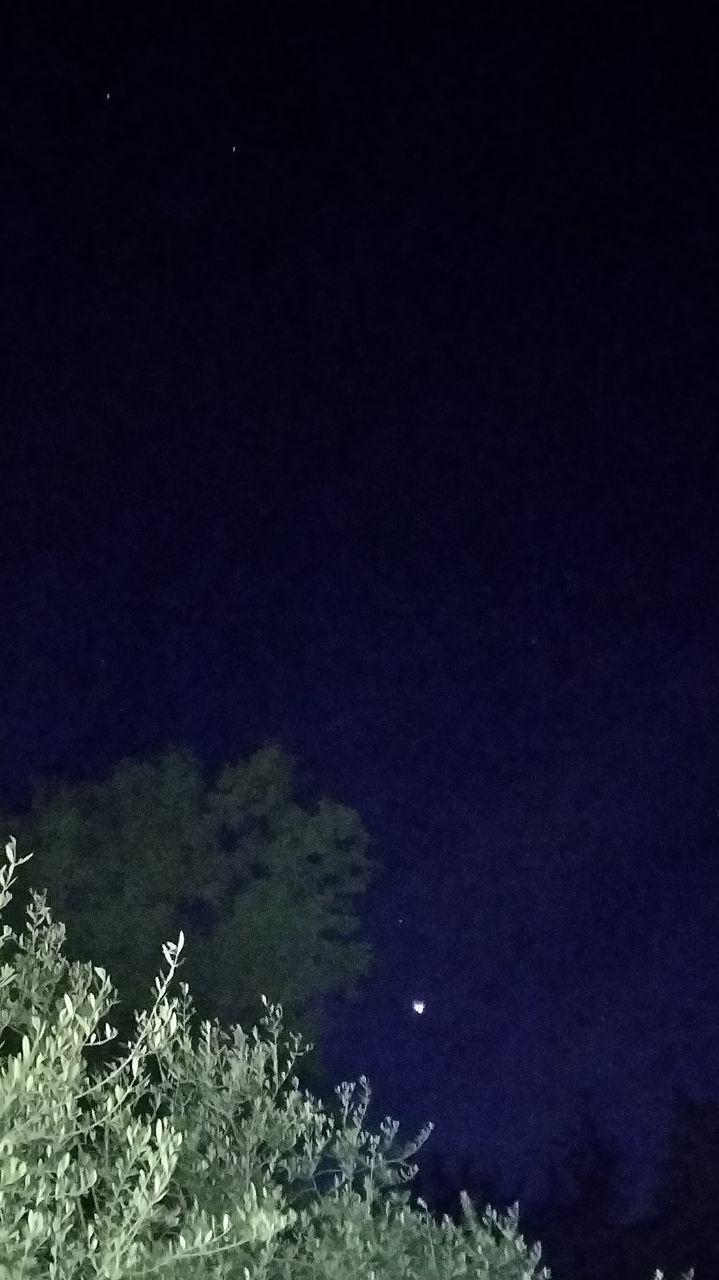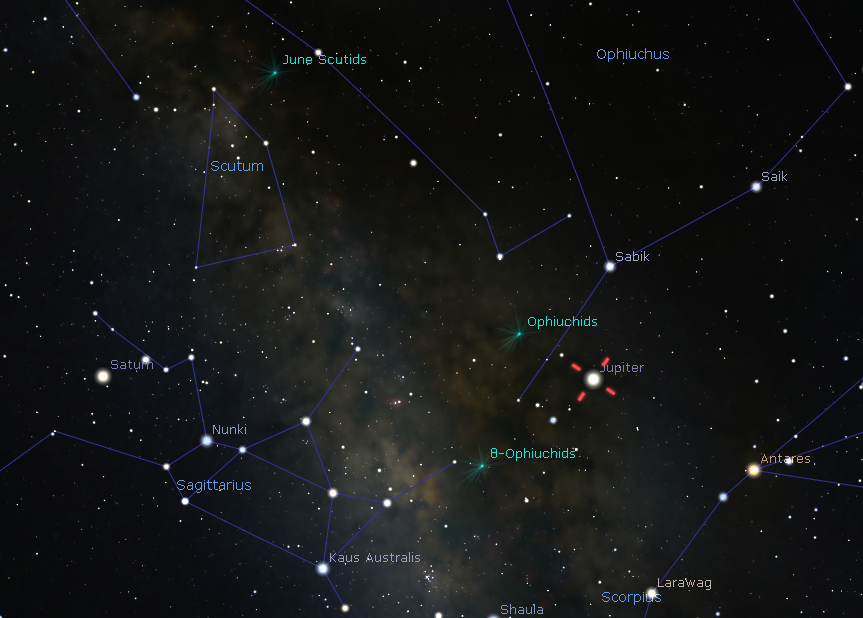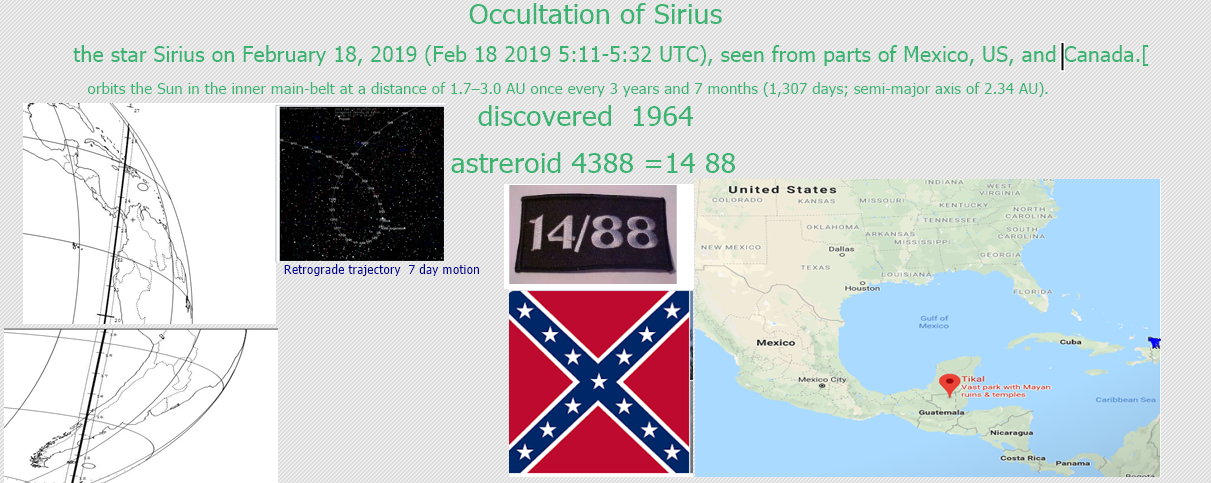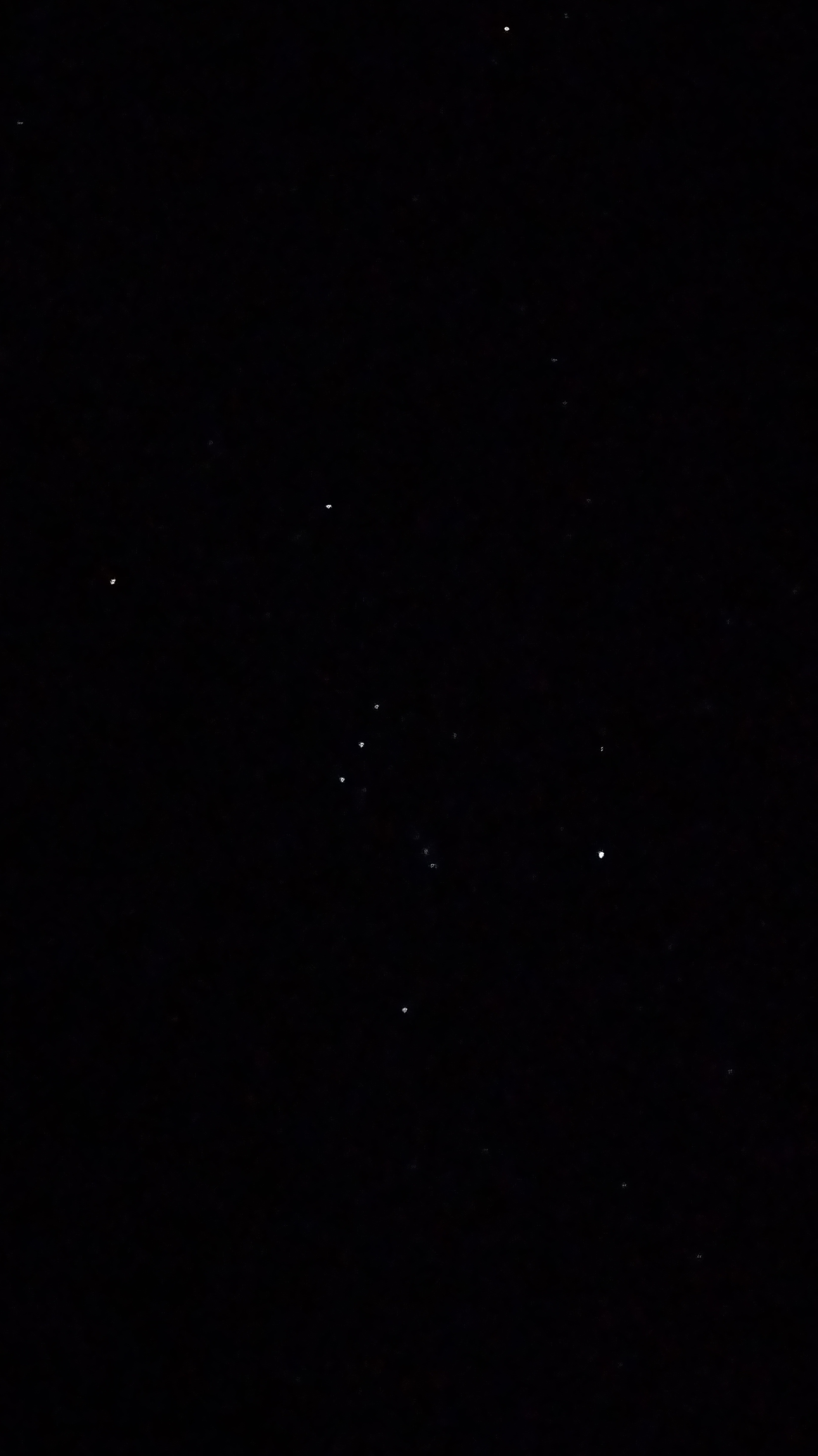
Stellar remnants, and Missing Red Giants in the galactic center are fascinating and dynamic events. In the space, which is densely populated with stars, the gravitational forces are incredibly strong, leading to close encounters and occasional explosion of stars.
Massive stars in the galactic center are particularly prone the intense gravitational forces they experience. When these massive stars collide, the result can be the formation of even more massive stars, or sometimes, the formation of exotic objects such as Quasars or neutron stars.
One intriguing aspect of stellar collisions in the galactic center is the production of collision remnants. These remnants can include unusual stellar objects like blue stragglers, which are stars that appear younger and bluer than their surroundings due to the merger of two or more stars , as massive stars can produce exotic phenomena such as X-ray binaries. The X-rays are produced by matter falling from one component, called the donor (usually a relatively normal star), where a compact object like a neutron star matter from a companion star.
One puzzling observation in the galactic center is the apparent absence of red giants. Red giants are typically abundant in older stellar populations, but their numbers seem to be significantly lower in the galactic center. One possible explanation for this discrepancy is that red giants in the galactic center may be disrupted or destroyed by interactions with other stars, such as close encounters or collisions.
Studying stellar remnants in the galactic center can provide valuable insights into the dynamics of dense stellar environments, the formation and evolution of massive stars, and the properties of exotic objects like neutron stars. It’s an research that continues to uncover new mysteries about the universe’s most extreme environments.












